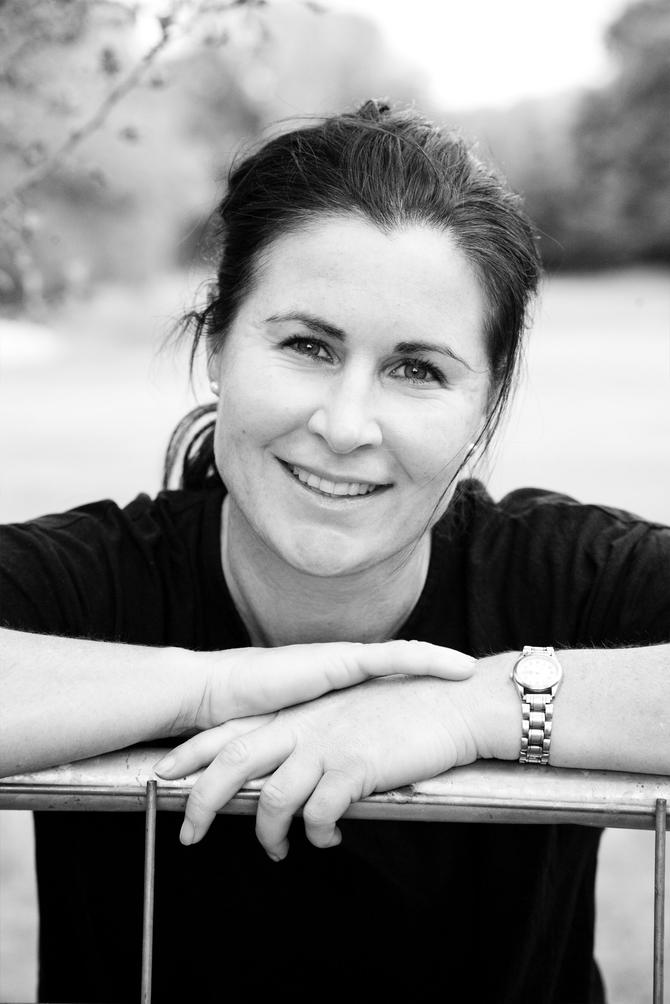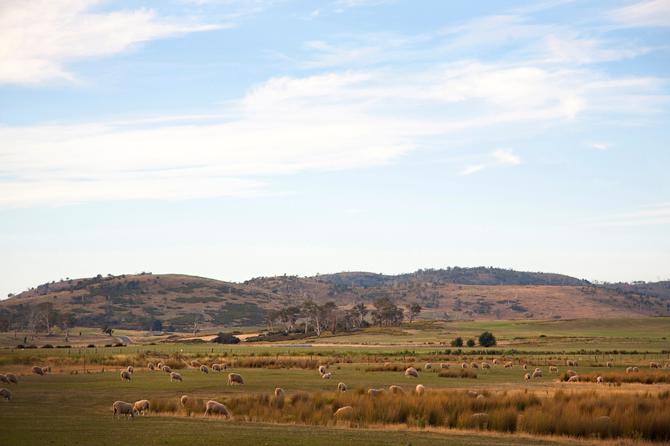"When I started Honours in History, I had no idea what my thesis should be. I just couldn’t get excited about it. Then I read the private and unpublished scrapbook of Jane Williams, an incredible primary source seen by no historian before me.
The life of Jane Williams and her intrepid family is a swashbuckling tale of a woman who lived through, and documented, the transformation that became the modern world.
Jane’s letters, which span most of her life, plus her reminiscence, are contained in the seven volumes of the Clyde Company Papers, edited by P.L. Brown. Through the letters and private scrapbook of the Reids courageous eldest daughter, I read an extraordinary tale of a pioneer family and gained an intimate glimpse into settler life.
In August 1821, Scotsman Alexander Reid, along with his wife Mary, seven-year-old daughter Jane and infant son Alexander, sailed from Leith in Castle Forbes to seek his fortune in Van Diemen’s Land.

History Honours student Lucy Bennett is investigating the life of settler Jane Williams.
Jane later reminisced that it was not ‘an event of everyday occurrence for a family to relinquish the attachments and comforts of their home in the old world to seek their fortunes in those far off islands of the South Sea’.
She describes the distant continent of Australia at the time when her recollections begin as ‘emphatically a terra incognita’, which is Latin for unknown land.
Their friends thought them to be completely mad and advised Mrs Reid, if her husband insisted on going through with such a ‘rash and unwise act’, to remain at home for two years until her husband made things more comfortable. Mrs Reid ignored such warnings, and the Reids arrived in Hobart Town on 1 March 1822 after a six-month voyage. Alexander Reid was soon granted land on the Clyde River in Van Diemen’s Land’s wild interior. The Reid’s named their homestead, which began as a mud hut in the bush, Ratho, after the old Reid family property near Edinburgh.
At just 14 years of age, Jane Reid married the army officer William Williams who was soon posted to India. She accompanied him, and the myriad of letters between herself, her parents and her husband while she was in India, offer a detailed account of army life on the Subcontinent. They also tell us much about empire and imperialism. Jane loved her husband and became an even more devout Christian after losing him and both her babies in India.
Widowed at just 19 years of age, Jane returned to Van Diemen’s Land and her beloved family at Ratho. In mid 1837, Ratho which was now a thriving enterprise was leased for seven years and the family returned to Scotland for an extended sojourn around Britain. Jane’s two sisters, Elizabeth and Mary, who were born at Ratho, both died in 1838 before they reached Scotland. Jane continued to write to correspondents all over the Empire until she could no longer lift her pen.
From reading Jane’s letters I have discovered that she was courageous, adventurous and strong.

Tasmania's beautiful midlands, ‘emphatically a terra incognita' according to settler Jane Williams.
Reading history from the perspective of women is crucial if we are to read the past accurately. Much of history is written by men, because they were the main actors. Jane was a Briton who loved Tasmania. She travelled a lot, both physically and in her mind through correspondence. Her network spanned the British world and her correspondents provided her with direction, purpose and mental stimulation. The exotic places she visited through her letters added romance to her life. What struck me the most was the transnational nature of the world she lived in. I had no idea how connected the 19th Century British world was until I read Jane’s letters.
When Jane arrived in Hobart, the world was still highly compartmentalised, by her death it was almost entirely interlinked. Many colonists shared their experiences through travelogues, memoirs and letters. Jane provides us with over half a century of such material.
In my literature review I discovered that the series of social networks that helped hold the British Imperial world together is crucial to world history.
One significant question was how did an archipelago of rainy islands off the north west coast of Europe come to rule the world? Niall Ferguson believes this is one of the fundamental questions of world history, for without the British Empire there is reason to doubt that the world would have been the same or even similar.
Jane lived through the age of British primacy. Her family was a cog in the wheel of British Empire. The evidence she has left contributes greatly to answering Ferguson’s question. It is because of families like the Reids that Britain came to rule the world.
We owe, in so many ways, our way of life today to pioneer settlers like the Reids of Ratho."
Lucy Bennett
Bachelor of Arts with Honours (History)